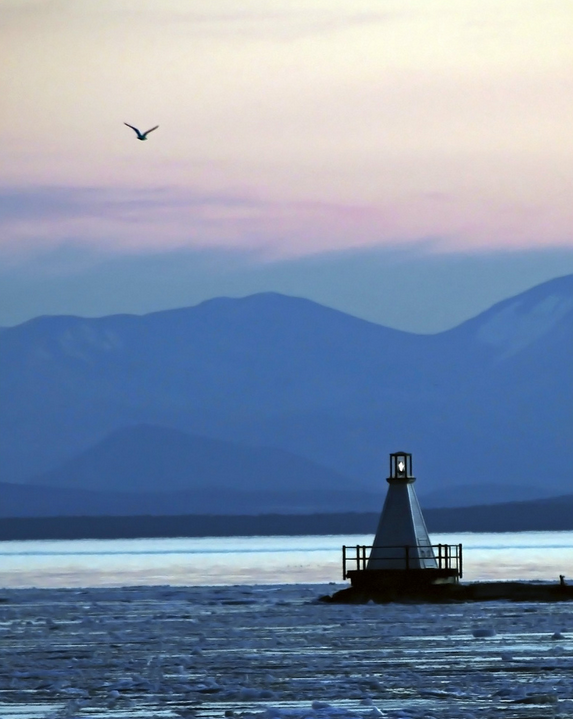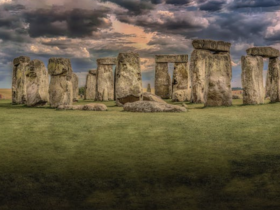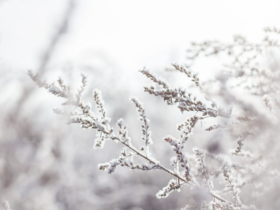With a size of 435 square miles, Lake Champlain is the 8th largest natural body of water in the United States. This lake is full of geological wonders and history, and has been studied by hundreds of people for the past several years. Lake Champlain contains hundreds of birds, fish, and even certain fossils hidden under the water, as well as being surrounded by fascinating rocks and landforms.
Lake Champlain for Vermont, New York and Quebec
French explorer Samuel de Champlain founded the lake in 1609. Eventually, the lake was an important factor in the revolutionary war, where it allowed people to be moved to Canada from the colonies.The lake continued to prove useful to the military and in wars until around 1945, where it started to become a popular tourist and recreational spot. Champlain is part of Vermont, New York, and Quebec, and has been a vital part of all three communities over the past few hundred years.

Lake Champlain- Geologically
The rock formations and valleys surrounding the lake are full of history and have captivated geologists. For example, the New York shoreline of the lake contains rock from at least 20 million years ago, as part of an ancient mountain range. Almost all of the Vermont shoreline is made of sedimentary rocks that were deposited there at least 500 million years ago. And the formation of Lake Champlain itself can be traced to the movement of glaciers during the Ice Age.
Preservation for the Species and the Land
In the water, there are at least 81 identified species of fish. Members of the communities around the lake have dedicated a lot of time and effort to studying and preserving these species. There is also prominent interest in the birds, wildlife, and wetlands surrounding the lake. Over 318 species of birds find their home on or near Lake Champlain. The fossils found deep in the water have produced a lot of important research and discoveries.
The wetlands surrounding the lake, consisting of marshes, riverplains, and etc. are very important to the community- they provide drinking water and soil, and house hundreds of amphibians and water-dwelling insects. Development in the community has begun to take over these wetlands, but citizens are trying to place stricter regulations on these areas to preserve them.
Recreation for the Surrounding Communities
Champlain plays a large role in the recreation of the communities around it as well. The lake is considered to be one of the best places for bass fishing, as well as many other minor species of fish, and many dedicated fishermen take trips up to the lake specifically for this. There is also sailing, and the option to rent canoes and kayaks to take across the water. Lake Champlain has so many recreational opportunities surrounding the area and in the lake that are very beneficial to the three states and communities surrounding it, and taking care of the lake for this reason is vital.
Lake Champlain’s Importance in History, Wildlife & Geology
Lake Champlain has some of the most important history, wildlife, and geological research that a natural body of water can have in the United States. The lake has been very important to its communities ever since it was founded in 1609, and continues to provide recreation and fascination to visitors today.
Samantha Howard is a wedding coordinator within the Lake Champlain area. She helps many brides and groom prepare for the special day on the beautiful Lake Champlain waterfront.























